We're an affiliate
We hope you love the products we recommend! Just so you know, we may collect a share of sales or other compensation from the links on this page at no additional cost to you. Thank you if you use our links, we really appreciate it!
You’ve heard that cats have nine lives, but they will indeed succumb at some point. Some cat breeds live longer than others while others have a shorter lifespan.
So, which cat breeds live the shortest?
It’s prudent to take the cat breed life expectancy into account when choosing a favorable breed to meet your needs or expectations.
While these are the 13 cat breeds with the least expected lifespan, always keep in mind that any cat can live a longer life so long as they get the best care.
13 Cat Breeds with The Shortest Lifespan
1. Exotic shorthair cat

The exotic shorthair cats are the Persian twins, bred for their temperament, shorthair, and dense coats.
Exotics have large eyes, chubby cheeks, snub noses, round faces, and small ears compared to other breeds in our list.
These shorthaired versions of the Persians are full of life and more playful, making them favorable buddies to children.
The average lifespan of Exotics is 8 – 11 years. Their limited longevity can be attributed to their brachycephalic faces which predispose them to breathing difficulties.
Exotic shorthair cats also have a small jaw which causes dental crowding, leading to possible oral issues.
2. Burmilla cat
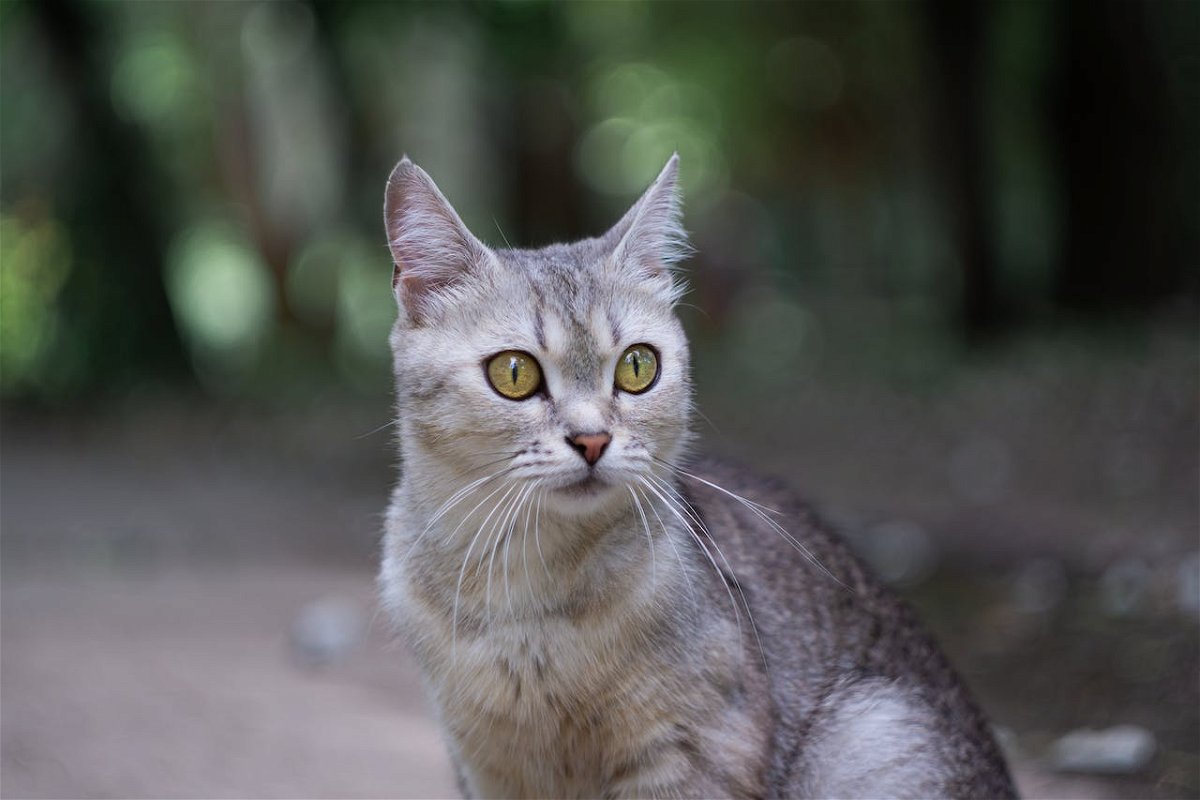
Burmillas were bred by crossing Chinchilla Persian and Burmese cats. These medium-sized felines are highly priced for their elegant appearance, bright green eyes, and athletic physique.
Burmillas are fun-loving, and they enjoy spending quality time with their human companions with interactive engagements.
Although Burmilla cats are typically healthy and robust, their lifespan averages 7 – 12 years. Some of the common health problems to watch out for include kidney diseases and allergies.
In addition to good care, Burmilla needs a consistent physical routine to keep them in their best condition with extended longevity.
3. Maine Coon
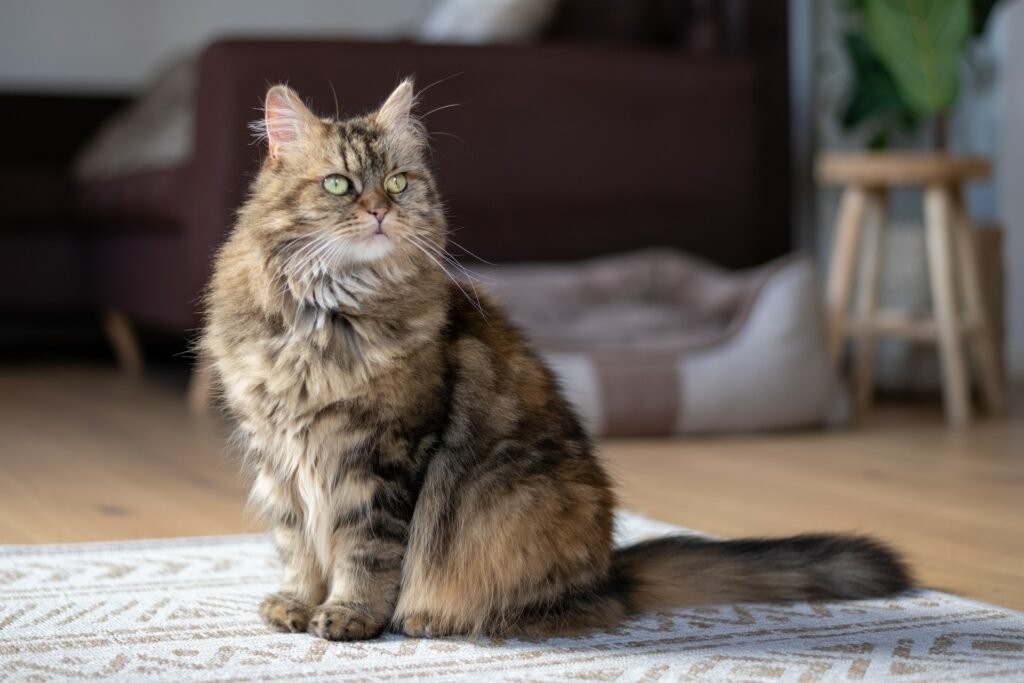
Maine Coons are one of the most known domestic cats. They are popular because of many aspects including their giant sizes, stable temperament, extra toes, and long hair.
If you’re considering this breed, make sure to maintain high grooming practices to keep them looking great and healthy.
These fluffy cats have an average lifespan of 9 – 13 years, many of them averaging 12.5 years. Some of the health problems linked with Coons are hypertrophic cardiomyopathy and hip dysplasia.
4. Sphynx
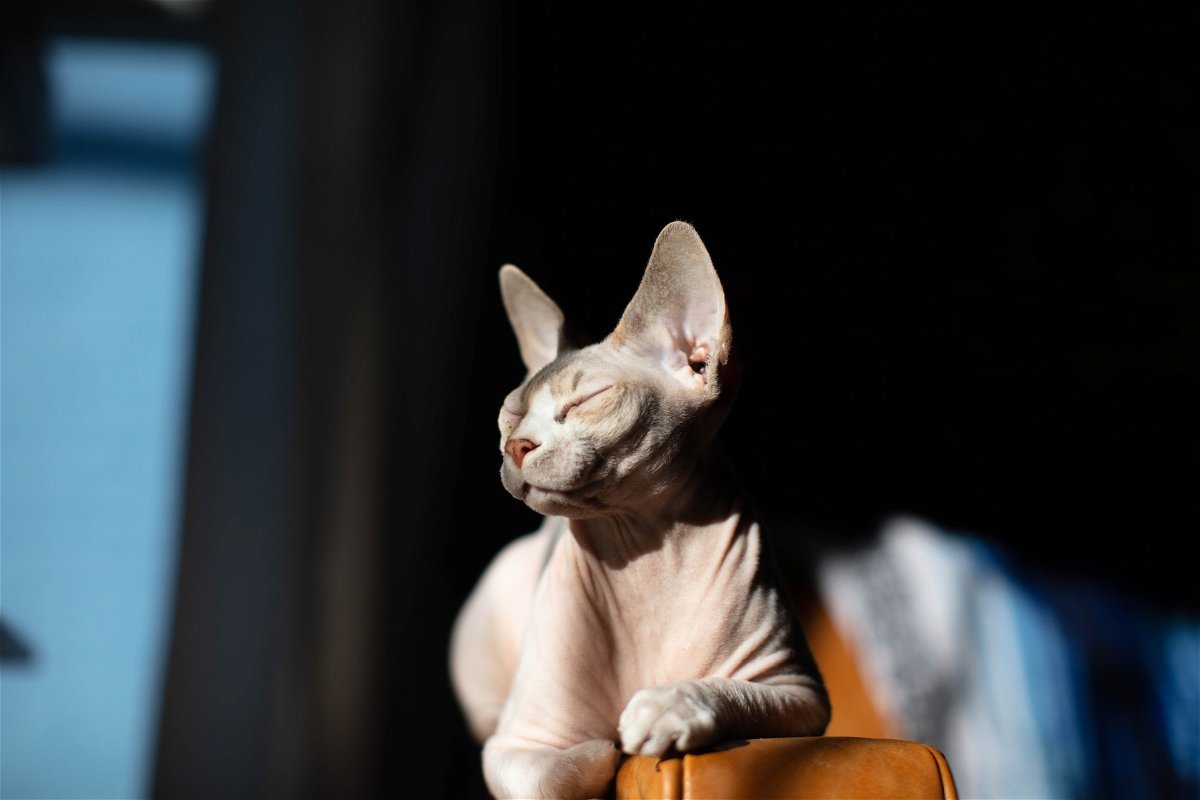
With traceable origins from ancient Egypt, the Sphynx cat breed is hairless, making them a center of attention for most people.
These bald felines are valiant and full of life, which can make them a good choice for people with matching energy. Sphynx have an average lifespan of about 8 – 14 years.
Although these cats are robust and generally healthy, potential owners need to be aware of certain health problems such as respiratory issues.
Avoid taking your Sphynx out during a hot afternoon since the scorching sun can cause sunburns and heatstroke.
5. Scottish Fold

The Scottish fold cats are easily known for their folded-over ears. These medium-sized felines have a dense coat which can come in various colors.
Scottish folds also have large heads and rounded eyes which complements their external beauty. These cats can form strong emotional connections with their owners and they love playing with children.
Scottish folds have an average lifespan of about 12 – 14 years. However, it’s prudent to note that the folded-over years can cause health problems which can reduce their longevity.
These cats are also genetically inclined to a health condition known as osteochondrodysplasia which is characterized by an unusual growth of cartilage and bones.
6. Himalayan
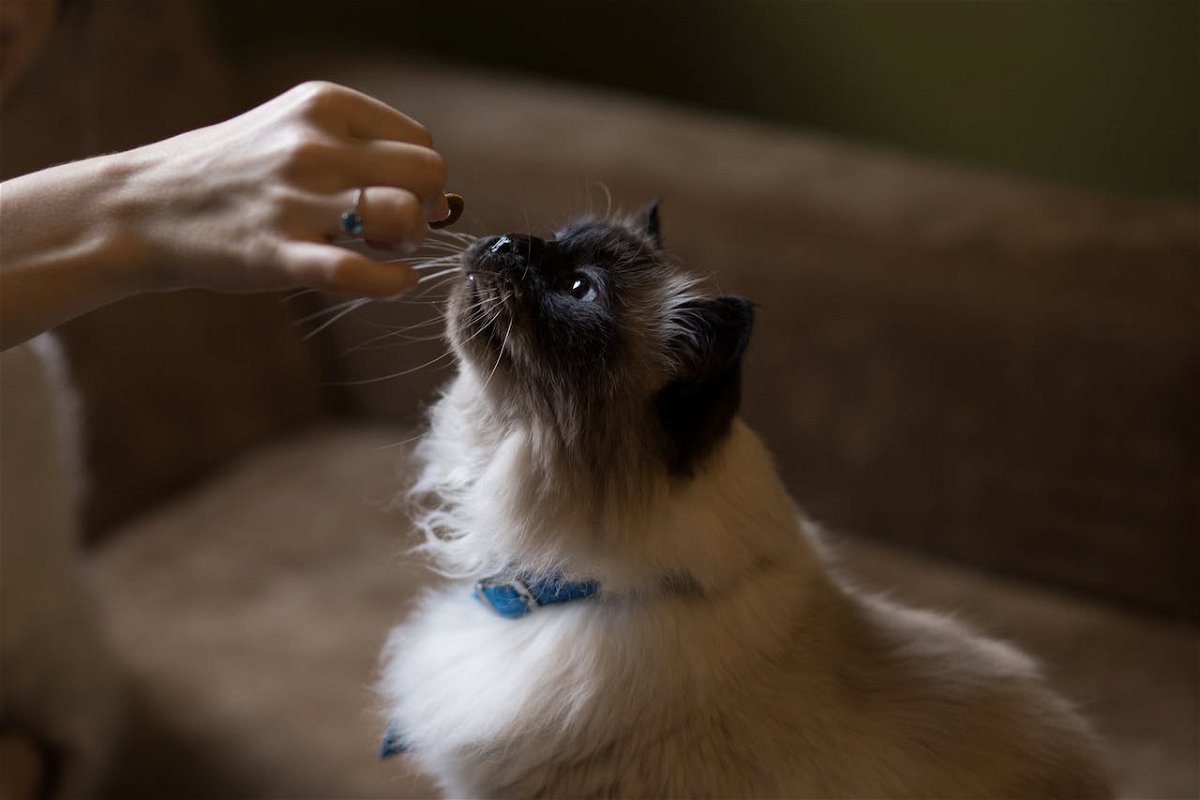
Also known as Color Point Persian, the Himalayan cats are popular for their long hair, flat faces, and stable temperament.
The Himalayan is a crossbreed of the Siamese and the Persian cats, but they slightly differ from their Persian ancestors because of their blue eyes and point coloration.
The average life expectancy of Himalayan cats is around 9 – 15 years. As with other brachycephalic breeds, the Himalayans are prone to breathing difficulties, dental issues, and eye problems.
Some other health problems to watch out for include a nervous system disorder known as feline hyperesthesia syndrome and polycystic kidney disease (PKD).
7. Japanese Bobtail
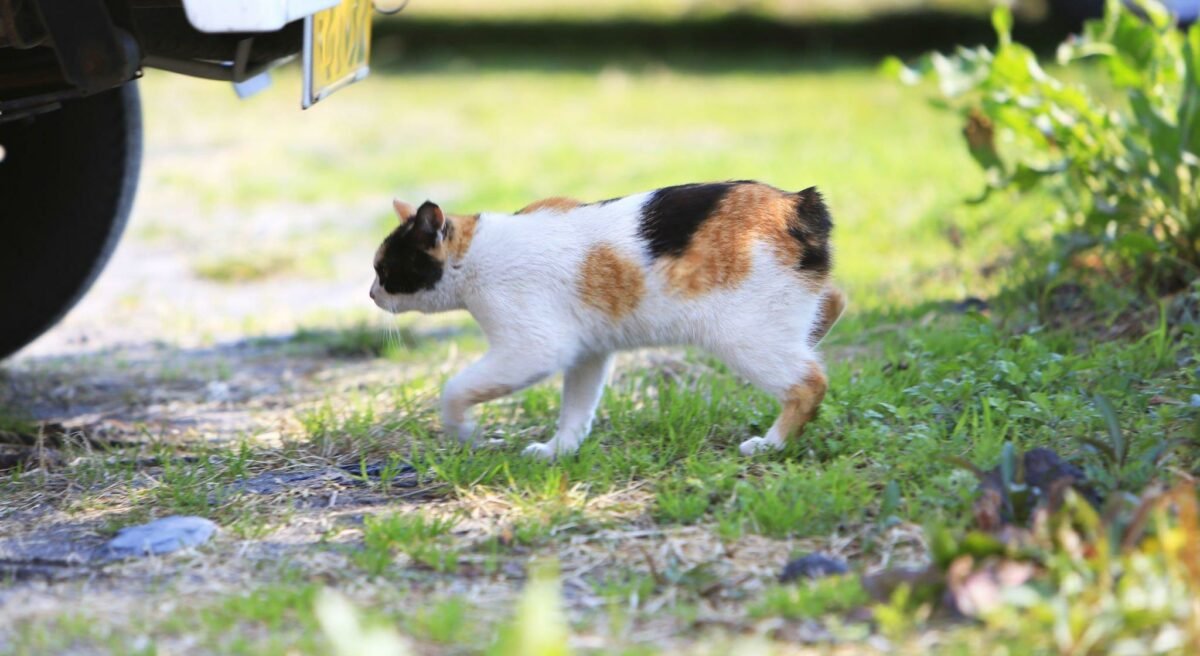
As their name suggests, these cats originate from Japan and they have been featured in ancient Japanese art and folklore.
The Japanese Bobtail are known for their curled tail which resembles that of a rabbit. They also have strong affection for their human family and they enjoy sharing playtime with kids.
Japanese bobtails have an average lifespan of about 9 – 15 years. Although this breed is not known to have hereditary conditions, make sure to watch out for diabetes, renal failure, and hyperthyroidism.
8. Ocicat
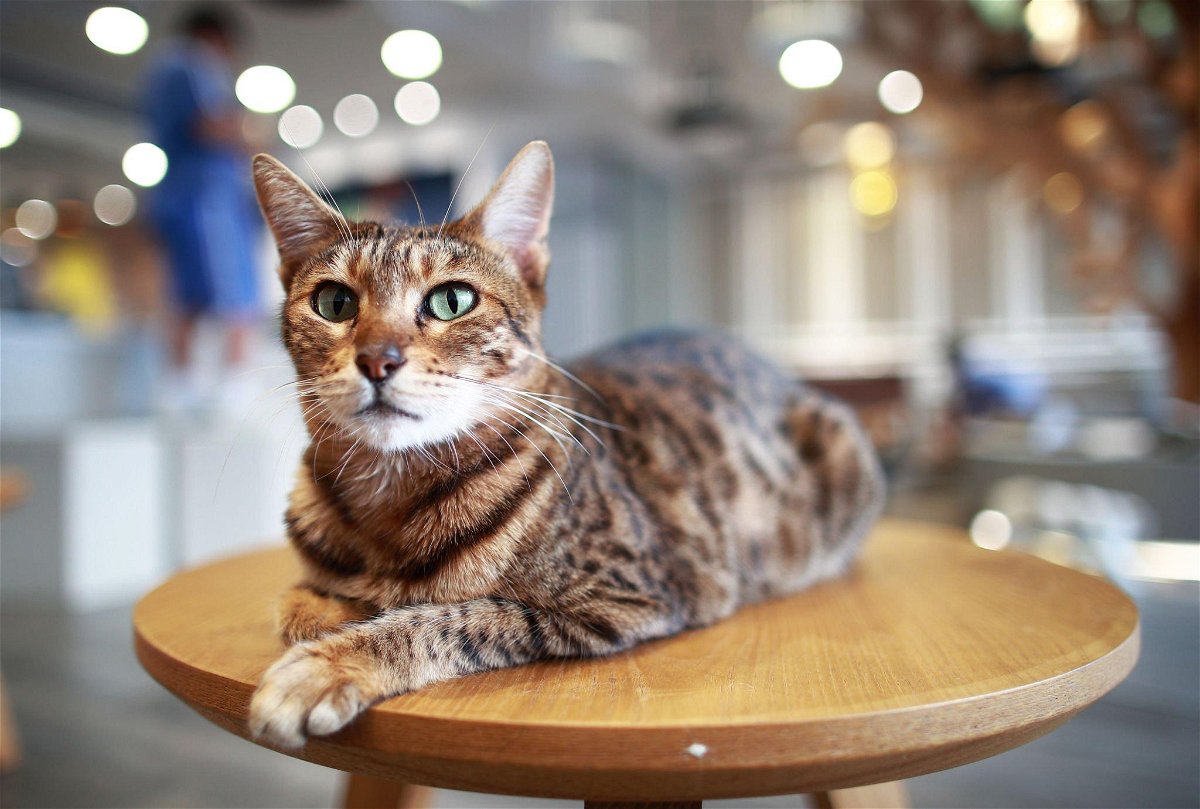
The spotted coat pattern makes Ocicats look like young leopards. Aside from their looks, the Ocicats are loved for their friendly demeanor, quick learning ability, and devoutness.
These loyal cats can sometimes be clingy, so it’s best to leave them with another person’s care if you’re planning to travel. Ocicats have an average life expectancy of about 10 – 15 years.
Despite being robust and healthy, Ocicats can inherit certain conditions including hypertrophic cardiomyopathy and pyruvate kinase deficiency.
9. Devon Rex
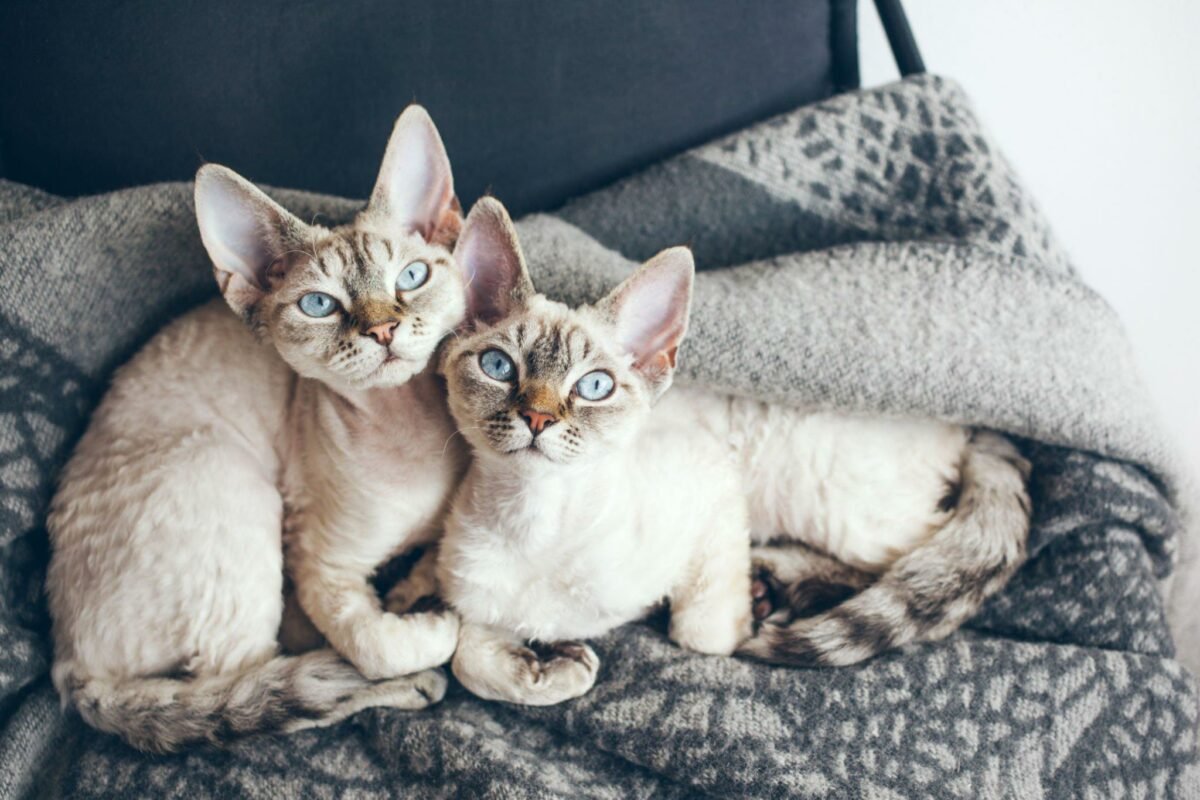
This cat breed is well-known for their unique physical appearance including their bat-like oversized ears, large eyes, and triangular faces.
If you’re planning to own this cat breed, you should be prepared to offer plenty of physical and mental stimulation to keep them in good shape.
Devon Rex cats will typically live for about 10 – 15 years, although they are prone to certain medical conditions that can lower their longevity.
One of the genetic conditions to watch out for is the Devon Rex Myopathy where the affected cat inherits two copies of the gene mutation.
10. Chartreux
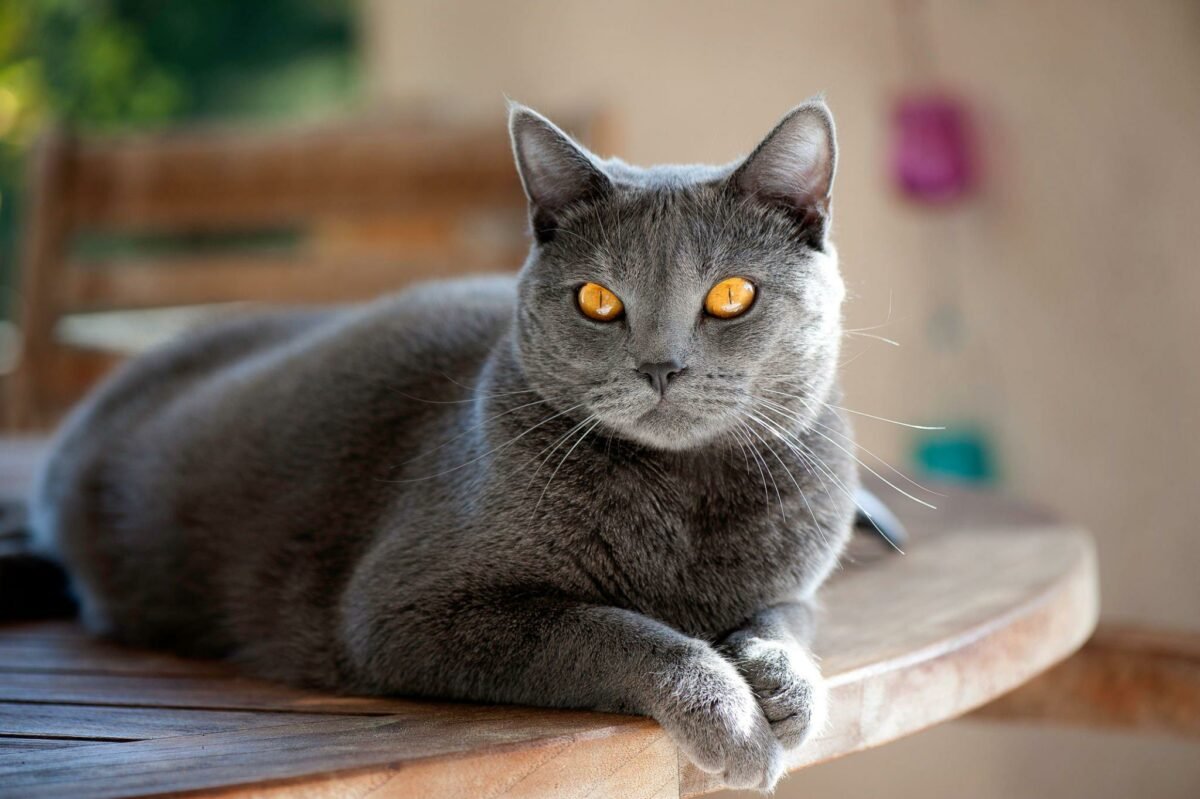
This cat breed originates from France and is widely known for their rounded face, blue-gray coat, and glowing copper-colored eyes.
Chartreux cats are highly favored for their stable temperament and their tendency to be independent. They can form bonds with their human family although they don’t usually get clingy.
These felines have a lifespan of around 12 – 15 years. Chartreux is typically a healthy breed although they can be predisposed to health problems such as polycystic kidney diseases.
11. Abyssinian

Considered by many as the oldest cat breed, the elegant Abyssinian cats are highly energetic, thanks to their lean muscular physique supported by thin, long legs.
Abyssinian cats are also known for their wedge-shaped head, almond-shaped eyes, and large pointed ears.
These athletic cats are highly intelligent and affectionate, they therefore need an owner who can keep them active and entertained.
The average lifespan of an Abyssinian cat breed is about 13 – 15 years, although they are prone to certain health problems which can limit their longevity.
12. Selkirk Rex
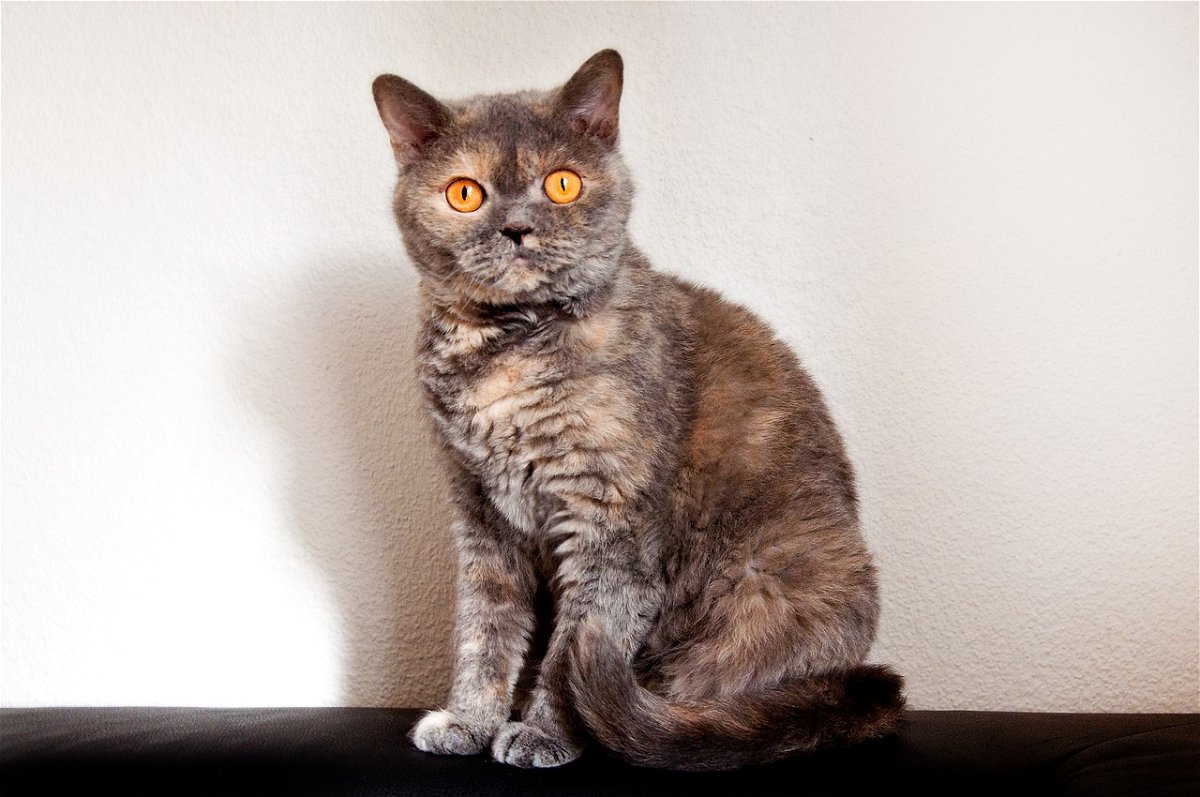
The Selkirk Rex cat breed (the largest of the Rex cats) is woolly-haired and can be a favorable choice for pet parents who love thick-coated felines.
Selkirks have earned the nickname ‘a cat in sheep’s clothing’ because of their striking, soft, curly-coated fur.
The average lifespan of Selkirk Rex is about 10 – 15 years. Aside from their physical attributes, these curly cats are highly affectionate and cuddly.
Owing to their bloodline linkage with Persians, Exotics, and British Shorthair, these cats are susceptible to hypertrophic cardiomyopathy, polycystic kidney disease, and hip dysplasia.
13. Tonkinese
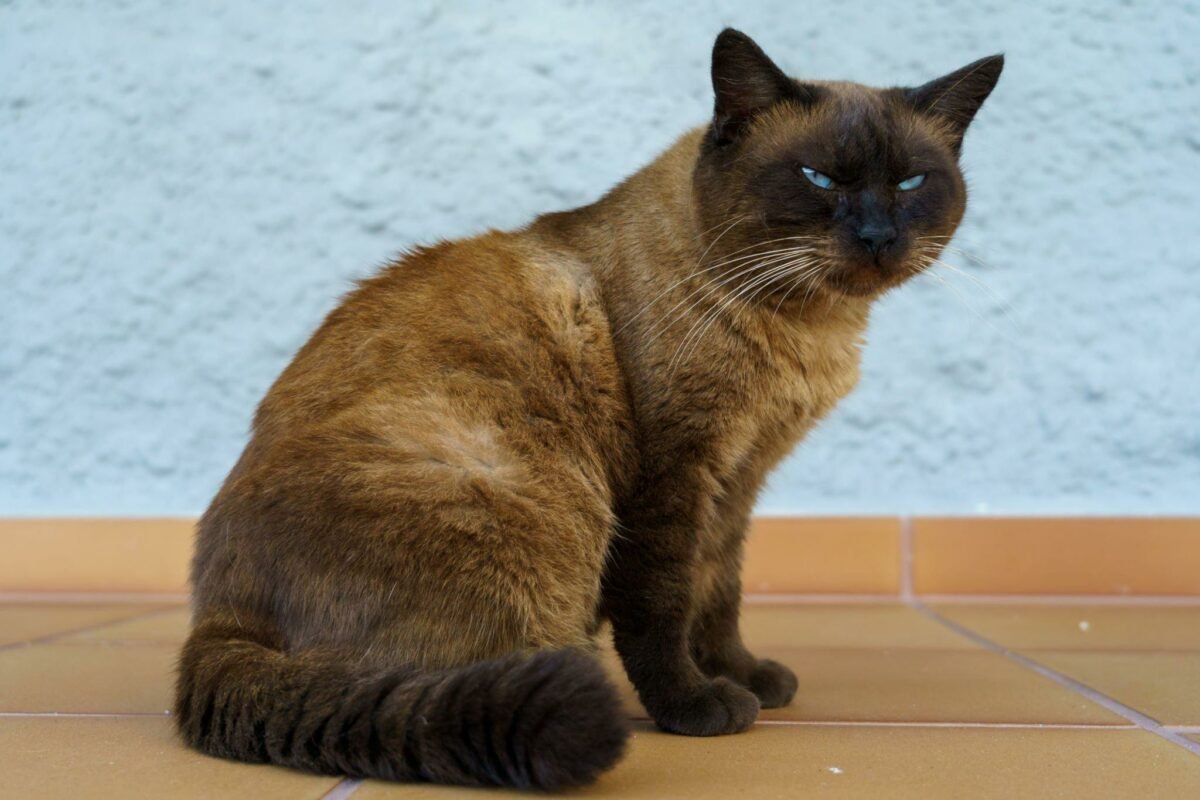
The Tonkinese were bred by crossing Burmese and Siamese cats. These medium-sized felines are popular for their slim and long bodies.
Tonkinese cats have outstanding aqua-hued blue, or green-colored eyes and a pointed coat which makes them stand out among many other popular cat breeds.
These cats can live for 12 – 16 years on average, but you can achieve extended longevity when providing proper care and physical needs.
Do Male or Female Cats Live Shorter?
Similar to the case of humans and most other creatures, male cats of any breed are likely to live shorter than their corresponding females.
According to a 2015 research, female cats were found to live for an average of 15 years, which is 2 more years than their male counterparts who averaged 13 years.
While gender can affect the life expectancy of cats, it’s important to take note of several other factors that determine the expected longevity of your furball.
Factors such as genetics, underlying medical conditions, neutering/spaying, and the environment in which the cat lives can greatly affect their expected lifespan.
Conclusion
Despite every breed having an estimated life expectancy, keep in mind that every cat is an individual. Several factors play a role in determining the average lifespan of each feline.
You can increase the longevity of your cat by providing limitless love, and good care such as offering a balanced diet for nourishment.
It also helps to keep your cat away from potentially dangerous situations and schedule timely checkups at the vet’s office.
Laura is the founder of Furs'n'Paws. She is a also a pet writer and expert with more than 20 years of experience of working with dogs and cats. She developed a very strong love for animals at a young age. Her passion led her to establish a thriving pet sitting and dog walking business in Dubai. As an expert in pet training, behavior, and nutrition, Laura is committed to helping pet owners and pet lovers by offering high-quality information on a wide range of topics.


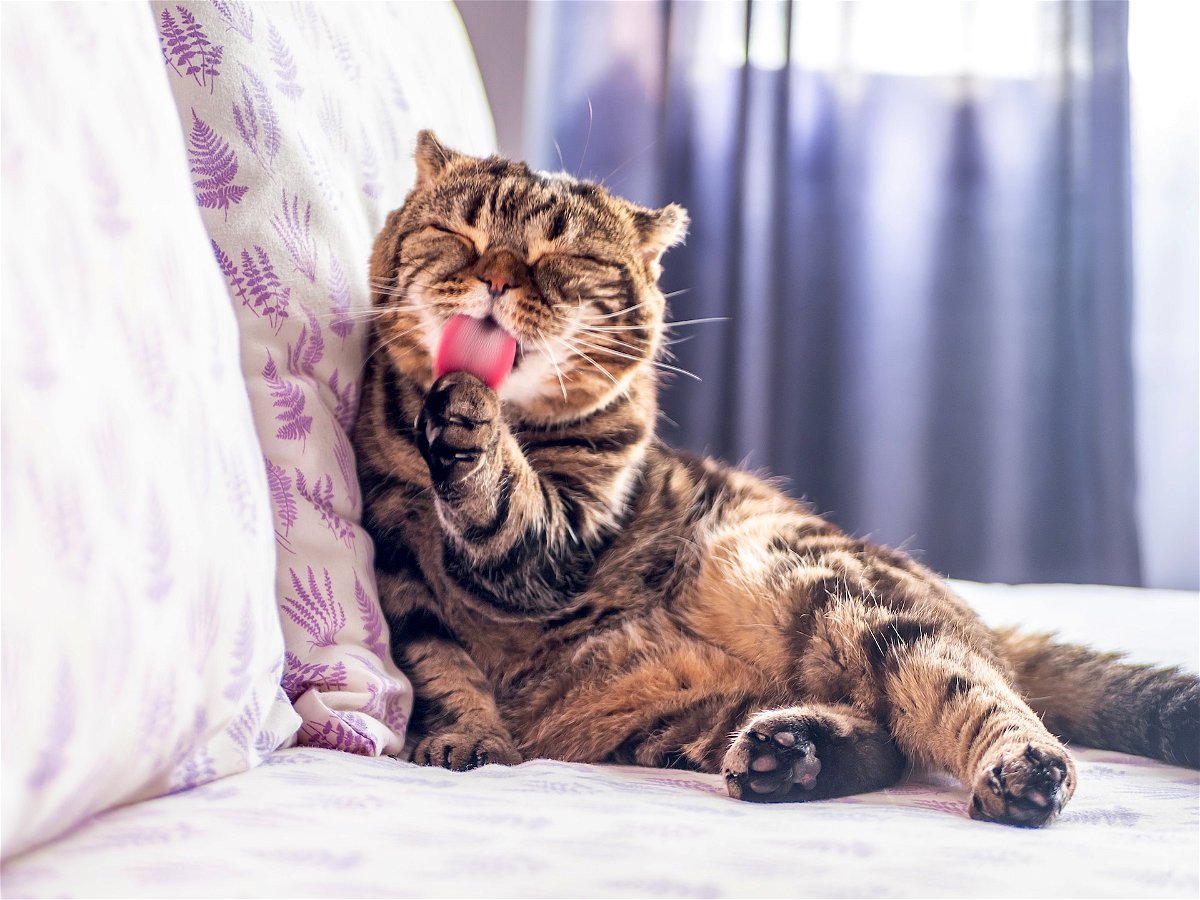
No responses yet